Sailing with Para athlete René Dallaire ay the Mobility Cup Regatta
Ringette for All Infographic
Adaptive Snowsport Programming
Smooth sailing: The evolution of adaptive equipment in the sport
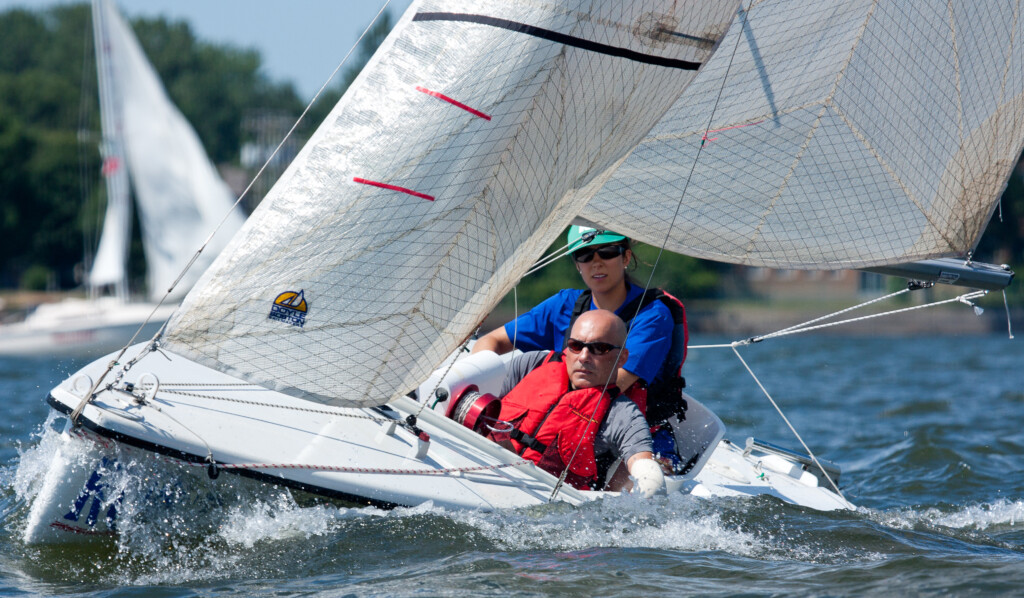
Brian Cuerrier of Belleville, ON uses the windlass to race at the Quebec Cup regatta in Pointe Claire Quebec with companion Emilie Léonard in 2015. Photo: Luka Bartulovic Innovations in sailing technology A slick white hull cuts through the salt waters just outside the Northwest Arm, a narrow inlet off Halifax, Nova Scotia. The 16-foot…
The history of Para sport in Canada
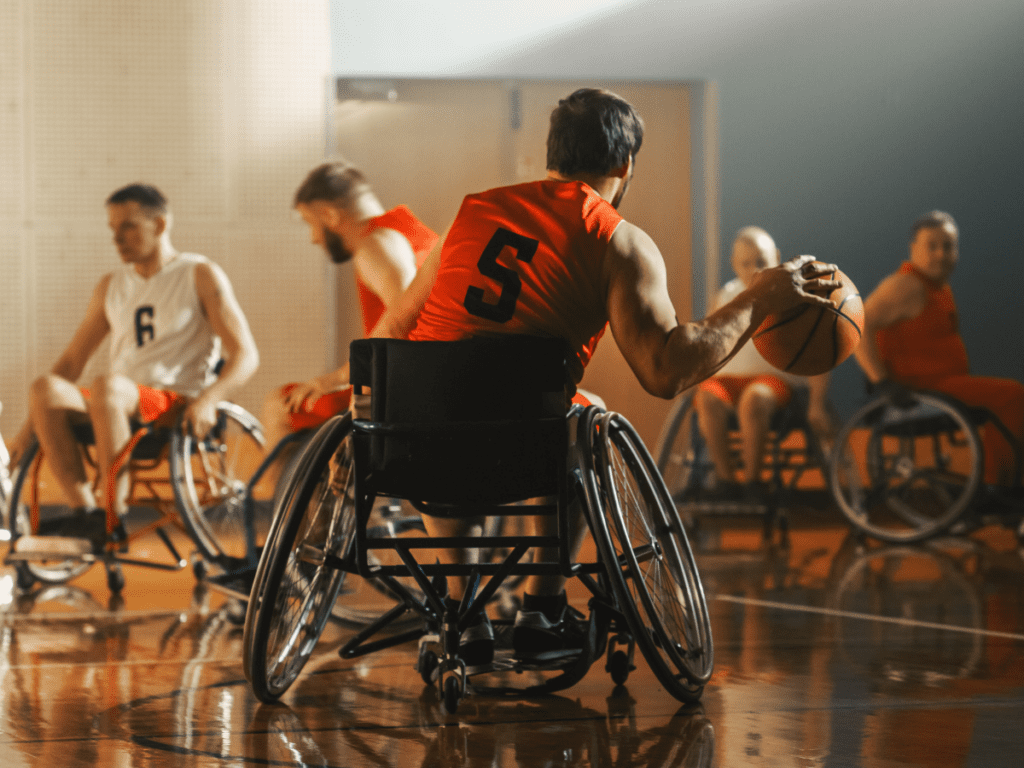
Canada has long been a leader in sport and recreation for persons with disability, and it is astounding to consider the contributions made in the last century. This is found in every aspect of disability sport including those for persons with intellectual impairment, mobility disabilities, and deafness. But for the purposes of this article, the…
Enhancing sport and physical activity participation for Canadians with disabilities
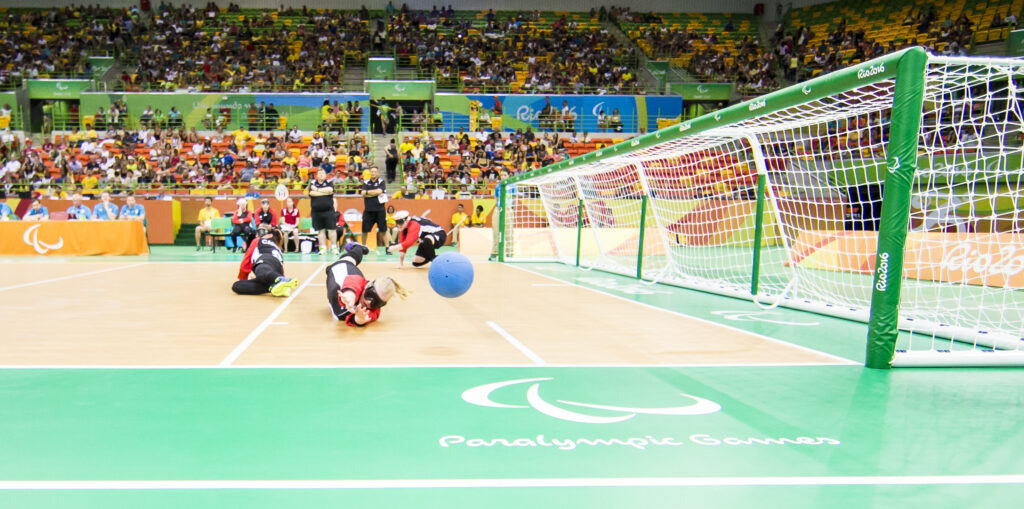
Highlights When Jenny Davey first started working at the Canadian Paralympic Committee (CPC) in 2014, she had no idea how much a fledgling research partnership would shape the work she does in the Paralympic sport system 8 years later. “I never would have thought, ‘well, 8 years from now, I’m going to be able to…
Concussion in Para athletes: One size doesn’t fit all
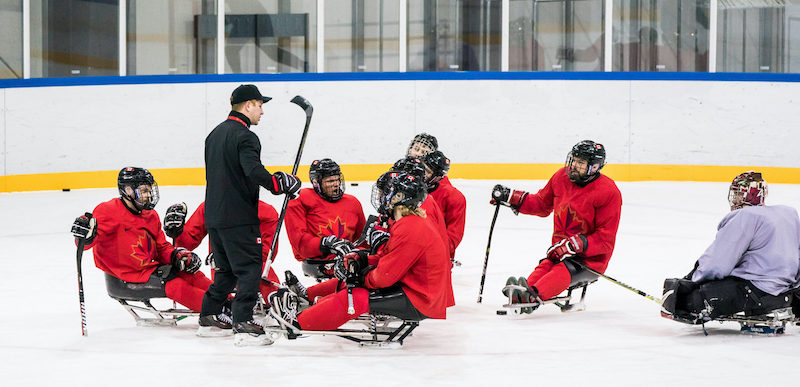
Highlights In 2020, an international group of clinicians, researchers and athletes met virtually to explore how to best assess and manage concussion in an athlete with a disability. This group’s individuals had experience and expertise in the care of Para athletes, and in the assessment, management and prevention of concussion. They named themselves the Concussion…
Creating quality sports programs for kids with intellectual and developmental disabilities
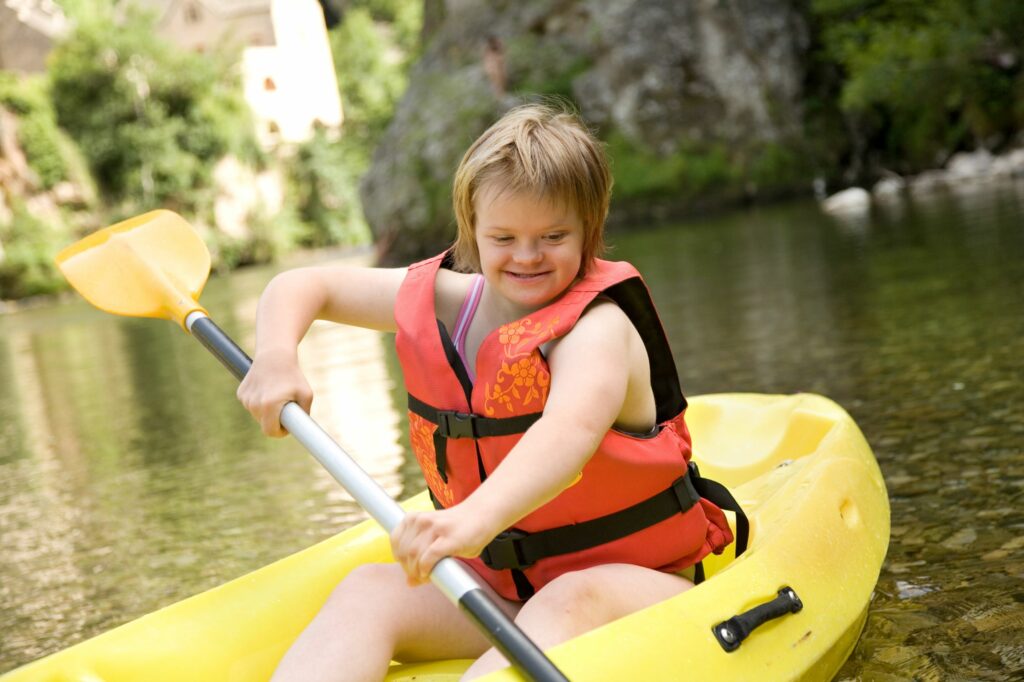
Children with intellectual and developmental disabilities (IDD) can benefit physically and psychosocially when they take part in sport (Baran et al., 2009, 2013; Weiss & Bebko, 2008). Unfortunately, their needs are often neglected, which leads to various physical, social, communication and policy barriers to their involvement (Shields & Synnot, 2016). These obstacles may affect how…
Tips to engage adults with intellectual and developmental disability in sport and physical activity

Exercise leads to many benefits for individuals with intellectual and developmental disability (IDD), including those diagnosed with autism spectrum disorder (ASD). These include improved physical and mental health, increased community engagement, and, amongst individuals with ASD, a decrease in repetitive behaviours that often result in functional and social impairment. The Adapted Physical Exercise (APEX) Research…
Adapting Sport and Physical Activity for Individuals with IDD: Highlighting a Decade of Inclusion and Outcomes
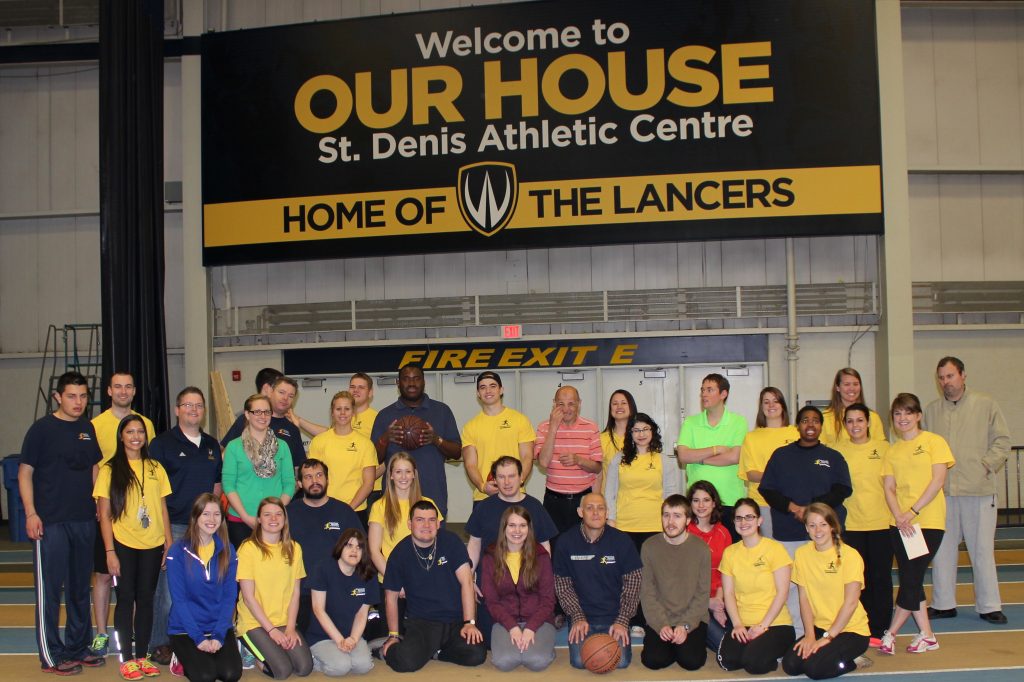
The Adapted Physical Exercise (APEX) Research Group at the University of Windsor leverages the transformative power of sport and physical activity through inclusive, barrier-free programming for adults with intellectual and developmental disability (IDD). In collaboration with Community Living Essex County, APEX delivers volunteer-led, one-on-one fitness training at the University of Windsor’s fitness facility. The purpose of this article is to summarize our key findings and recommendations from…